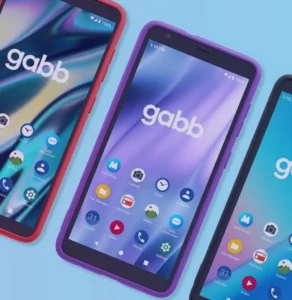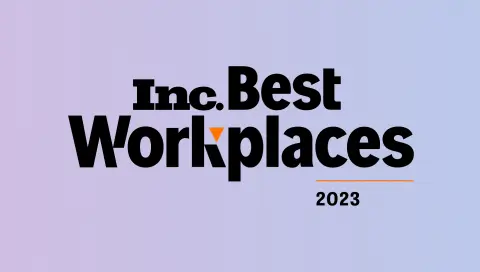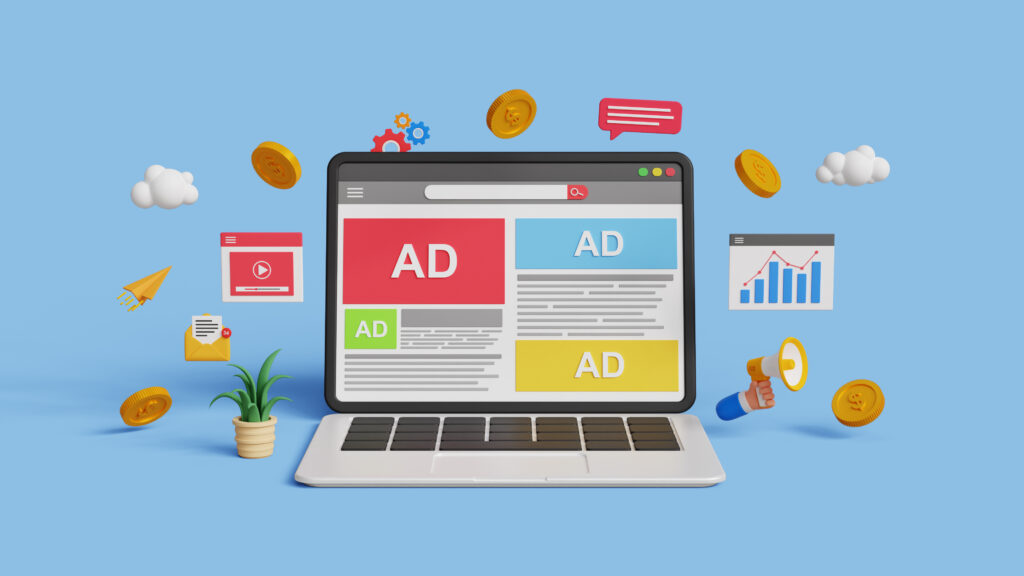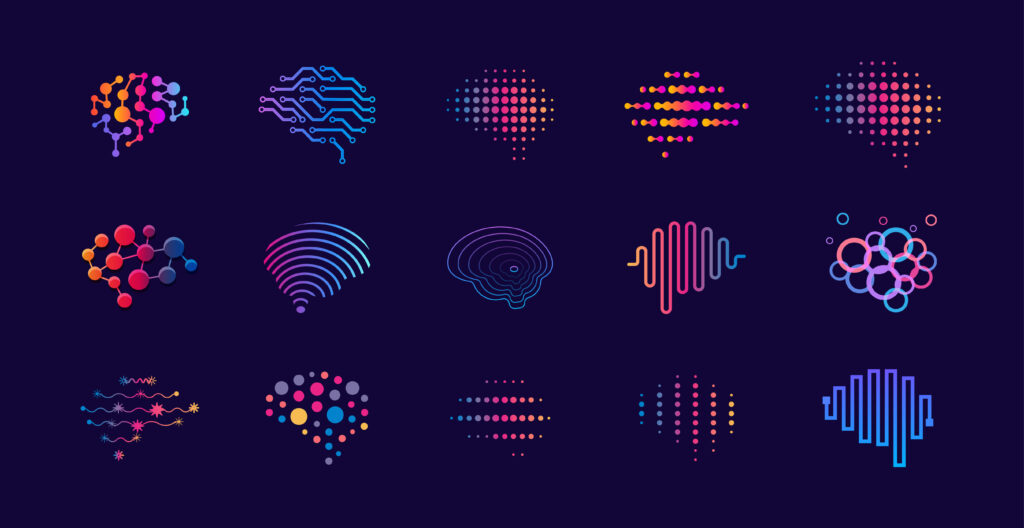Introduction
In this article, we are going to discuss bringing some or all of your programmatic advertising efforts in house: what the benefits are, and what to consider when deciding to move forward on that project.
Topics Covered:
- What is in-housing?
- What are the benefits of in-housing programmatic?
- What is self-service?
- Considerations when transitioning to in-house programmatic advertising
- What is a hybrid service model?
- What is a managed service model?
As you’ll see throughout this article, the 3 main axes for brands that are considering in-housing programmatic are: control, transparency, and cost.
What is In-Housing?
In-house programmatic refers to hiring an internal team to build a trading desk and create, manage, and analyze programmatic campaigns, rather than relying on an external agency to handle those tasks.
Deciding to bring your programmatic functions fully in-house is a significant decision requiring organizational buy-in, a solid strategy, and careful execution. However, in-housing exists on a spectrum, and many businesses adopt a hybrid approach, utilizing agencies for specialized knowledge and technology access while retaining strategic control in-house.
What are the Benefits of In-House Programmatic?
The three primary considerations when determining the extent of in-housing programmatic are:
- Control – Managing campaigns in-house provides full strategic and operational control.
- Transparency – Greater insight into data, costs, and campaign performance.
- Cost – Potential for cost savings over time, but requires upfront investment in talent and technology.
While full in-housing provides maximum control and transparency, it requires hiring and training a skilled programmatic team and either building a proprietary tech stack or integrating a demand-side platform (DSP) into reporting.
While not only needing to hire and train your own people, you additionally have to pay pay for training from the DSP.
For larger brands, this cost may be worth it for the total transparency and control, if the process is carefully analyzed and executed with great control over strategy.
For many brands, a self-service model—where an internal team operates campaigns using an existing DSP, as we’ll cover below—provides the right balance between independence and expert support.
40% of the world’s largest brands use agencies for some programmatic buying, yet 90% are seeking to renegotiate contracts to gain more control and transparency (World Federation of Advertisers).
It’s quite common to work with agencies on some part of your programmatic advertising, as it’s a specialized technology that requires knowledge and investment to get started on. The key is finding the right partner who will provide transparency, and in some cases, hands-on training to help give brands control over this part of their business in the future.
If you are a brand with the resources, time, and strategic benefit to move your programmatic functions in-house, the pathway looks different for either building your own technology—which would be completely in-housing your programmatic—or using an existing DSP in your tech stack, known as self-service. We will discuss the main considerations of each.
What is Self-Service?
Self-service means working with an agency who can provide access to, and training on, the technology platforms that advertise access to programmatically purchase inventory on websites, known as Demand Side Platforms (DSPs).
This agency can introduce and provide access to growing teams and provide guidance along the way, with the end goal of ensuring the client is self-sufficient and can run campaigns themselves on the DSP.
Considerations when Moving Programmatic Advertising In-House
More than half of U.S. brands (51%) have partially moved their programmatic buying function in-house.
Before starting this transition, it’s essential to have organizational buy-in, as in-housing requires a significant investment in both time and budget.
Two key components determine success in in-housing:
Technology
Many companies use existing DSPs rather than building their own, but run their own campaigns in-house by their own team, with or without support from the DSP provider or other agency. As we stated above, using an existing DSP but your own data and talent is referred to as the self-service model.
For companies that are considering going the route of using an existing DSP, the step-by-step process to follow would be:
- Identify which DSPs you want to use, and what your goals are for using it. Each DSP has different benefits and drawbacks.
- Determine the minimum spend of each DSP, and what that means for your company. For example, is it based on platform spend, or a fee associated as the percentage of platform spend? What happens if you don’t hit those minimums annually?
- Integrate them into your reporting visualization stack, requiring both development and design.
In contrast, some larger companies have created their own DSPs. That same IAB study found that 15% of U.S. brands had moved their programmatic buying entirely in house.
However, building a proprietary DSP is likely most feasible, and practical, for a well-established brand with the investment to accomplish this, and be spending enough on programmatic to make cutting out the DSP a cost savings. For the vast majority of brands, this will likely not be the case. For example, Bayer saved $10 million in the first 6 weeks by doing building its own DSP, with a yearly marketing budget of $500 million. Netflix is also considering building its own DSP, however, it had a yearly marketing budget of $2.66 billion in 2023.
Talent
The second consideration for in-housing programmatic is talent. The IAB study found that almost 75% of brands, agencies, and publishers agree that finding quality talent is a challenge. For technology companies, this jumps to 88%. It’s the first or second biggest challenge across programmatic partners.
Finding or training programmatic talent can be a considerable investment, so for companies looking to go the self service model or full in-housing programmatic, the two considerations to explore are:
- Do you have a team already able to manage campaigns?
- Is your team trained on your chosen DSP, or would they require training?
Agencies can fill the gap in this regard, providing specialized programmatic talent that can train your existing advertising or marketing team and then hand off the reins after a certain amount of time.
When should you move part or all of your programmatic advertising in house?
In-housing programmatic makes sense when a company has:
- A clear understanding of programmatic technology and campaign management.
- The ability to optimize and analyze performance independently.
- A business case showing cost savings or strategic advantages from full control.
Brands may also explore hybrid and managed service models before fully committing to in-housing programmatic.
What is Hybrid Service?
For those brands who want outside guidance but still want to have control and transparency in the in-housing programmatic process, the hybrid service model provides a combination of an internal team and an external agency. This means you have control over your strategy—e.g., your in-house marketing team determines the strategy, and you work with an external agency who specializes in programmatic marketing to help you execute campaigns.
The benefits of hybrid service include:
- Control of DSP selection
- Enjoy complete transparency into media performance
- Take historical learnings if ever switching agencies
- Consolidate vendors
- Maintain access to agency expertise and valuable external perspectives
What is Managed Service?
Managed service means outsourcing programmatic advertising to an agency that handles strategy, execution, and optimization. While managed service can provide high-quality expertise, businesses should ensure they partner with agencies that align with their goals and offer transparency in media buying and reporting.
Managed service agencies do take your strategy and goals into account—they can just provide a little more guidance on how to translate those into programmatic, if choosing to start on that route.
Imagine what you and Version2 could do!
Looking for a great programmatic partner that can provide guidance at the level you’re looking for; enterprise tech with no minimum spend; and white-labeled reporting that rivals custom solutions?
Looking to start with a DSP, but want to gain knowledge and receive support throughout the process?
Version2 has engagement models at all levels, whether a white-glove, end to end managed service, or self-service access, to leading technology.
Ready to explore the universe of programmatic? Learn more about our solutions and get a demo of our proprietary platform ORION today.









